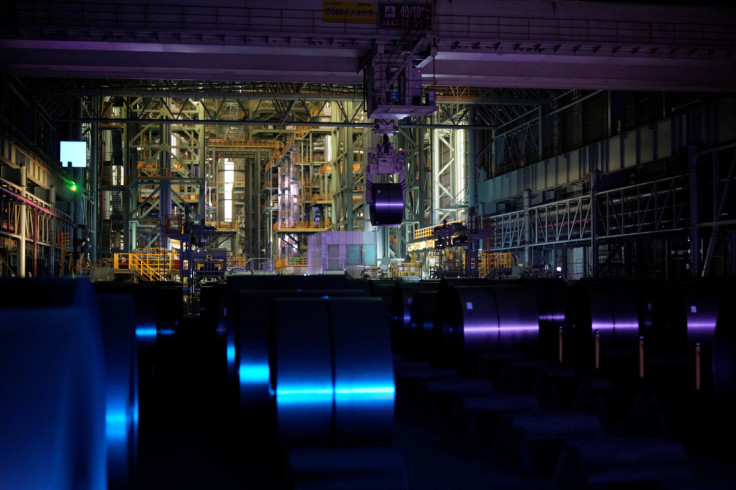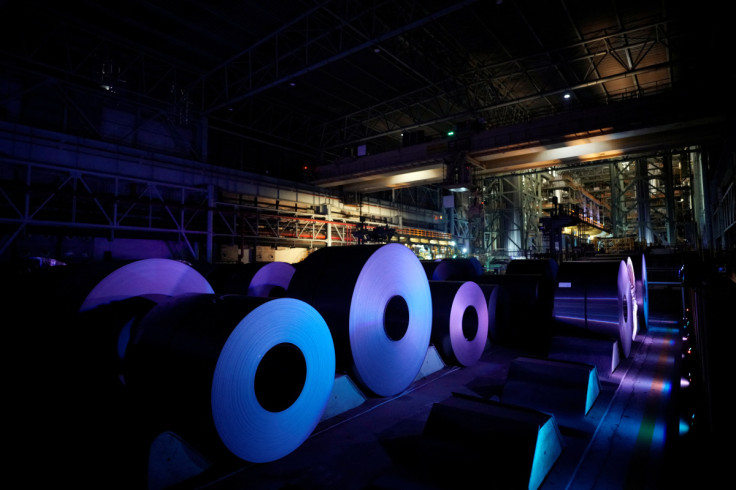China's Industrial Profits Contract In 2022 On COVID Woes

Profits at China's industrial firms fell 4% in 2022 from a year earlier, official data showed on Tuesday, squeezed by the impact of strict COVID-19 curbs, but an expected economic recovery this year is likely to revive the sector's sales and earnings.
The percentage decline for the full year was deeper than the 3.6% fall recorded in the first 11 months, the National Bureau of Statistics (NBS) data showed, indicating a poor end to the year.
The 8.4 trillion yuan ($1.24 trillion) decrease in profits in 2022 followed a 34.3% rise in 2021.
Frequent and widespread COVID disruptions hit production at industrial firms, hurting both supply and demand sides and putting huge upward pressure on costs, said Bruce Pang, chief economist at Jones Lang Lasalle.
Economists expect economic activity to normalise this year, supported by a recovery in consumption and travel, though some said declining foreign demand may cause the manufacturing sector to underperform.
"Many export-oriented factories either closed earlier or resumed production later than normal this year," economists at Barclays said in a client note, referring to factory closures for the Lunar New Year holiday that this year fell in January.
In 2022, profits at foreign firms slumped 9.5%, while those at private-sector firms shrank 7.2%, NBS data showed.
Profits fell for 19 of 41 major industrial sectors last year, with the ferrous metals smelting and pressing industry reporting the sharpest decline at 91.3%.
Manufacturing sector profits were down 13.4% as stringent COVID lockdowns and curbs disrupted logistics and production at major manufacturing hubs last year.
Industrial profits data covers firms with annual revenue above 20 million yuan from their main operations.
Industrial output in December was 1.3% higher than in the same month a year earlier, versus 2.2% gain in November.
Manufacturing activity was hit in December by the rampant spread of COVID that kept workers indoors after the government ditched some of the world's toughest pandemic controls early that month.
The NBS did not report a profit figure for December alone.
However, the official manufacturing purchasing managers' index showed factory activity rebounded in January, supported by the easing of the latest wave of COVID infections.
Factory owners are eager to get on with what they expect to be a gradual recovery for their sector, which makes almost a third of the world's manufactured goods and is a growth engine of the world's second-largest economy.
At a meeting chaired by Premier Li Keqiang, the cabinet on Saturday said China should aim to help its economy pick up in early 2023, focusing on consumption recovery as a major driver.
China's economic growth in 2022 slowed to one of its weakest rates in nearly half a century as the economy was hit hard by strict COVID curbs and a property market slump.
Liabilities at industrial firms rose 8.6% in 2022 from a year earlier, compared with 9.0% growth as of end-November.
($1 = 6.7548 Chinese yuan)

© Copyright Thomson Reuters 2024. All rights reserved.





















